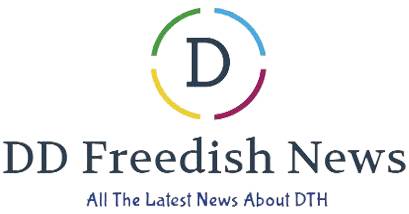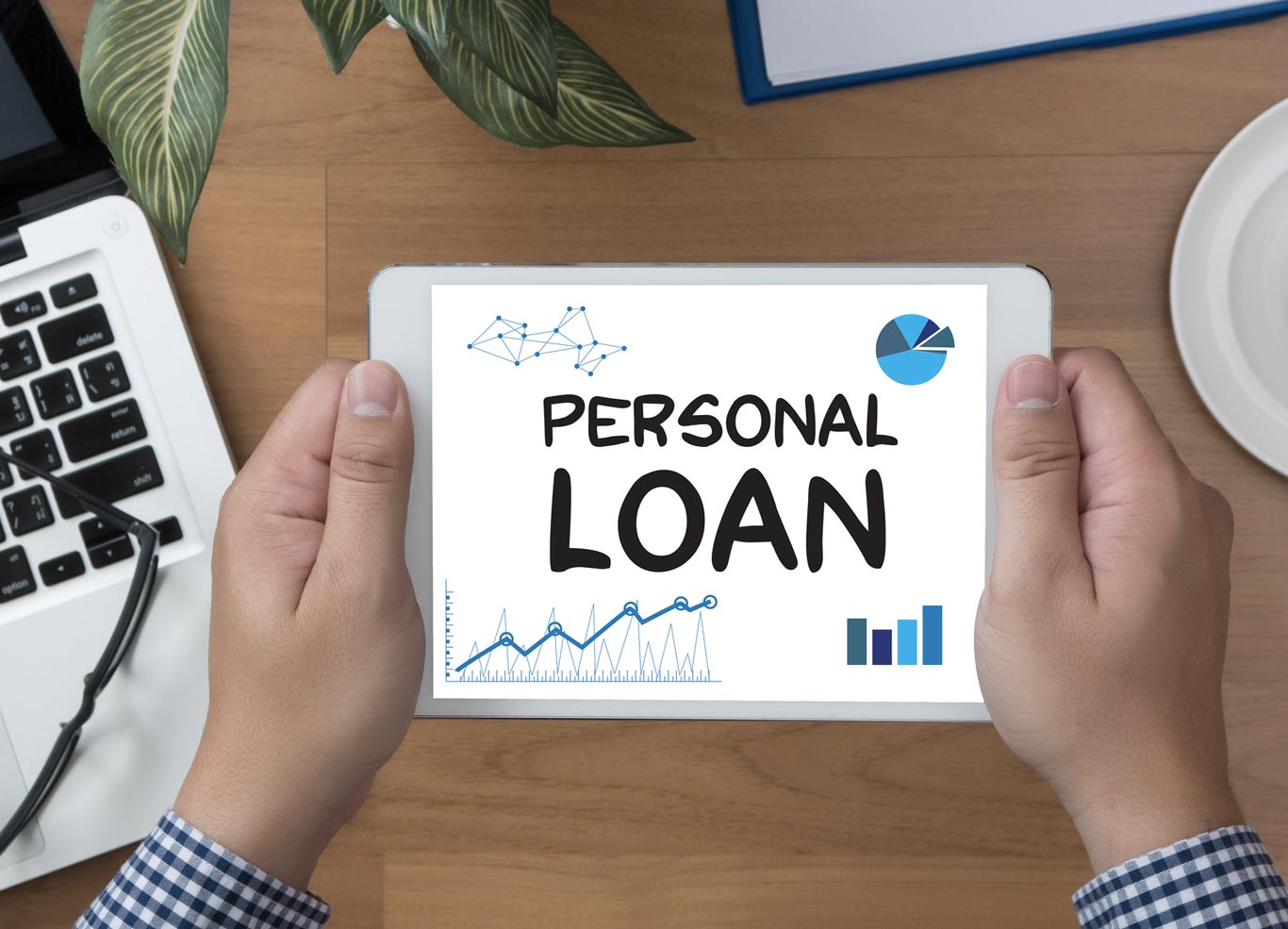Personal loans are a great way to pay for a variety of stuff, from medical costs to solar panels. If you’re planning a major purchase or considering a debt restructuring loan to pay off your debt, you’re probably thinking, “How much personal loan can I get?” We’ll go through loan amounts in depth below, including what they are, how they’re determined, and how you can get approved for the amount you need.
What factors go into determining the size of my personal loan?
- Credit scores and reports
Your credit score is a measurement of your ability to repay debt. Your credit report is updated whenever you initiate a credit card payment or default a loan payment. The data on your credit report is then scored on a scale of 300 to 850, resulting in your credit score.
- Job experience
Consistent jobs will help you improve your personal loan eligibility and the sum you can borrow. The longer you’ve been employed, the more stable your position appears to be. Although your work background has little to do with your credit score, it is another factor used by the best personal loan lenders to assess your ability to repay a loan.
- Income and debt-to-income ratio
The amount you receive per month is one of the most important factors in calculating how much you will borrow. Lenders want to know how much money you’ll have after you’ve added another monthly payment to the mix. The debt-to-income ratio is one way a lender determines this. A lender adds up the fixed monthly payments to measure DTI. Mortgages, vehicle loans, credit cards, and loans for women fall under this category.
- Secured loan vs. unsecured loan
The majority of personal loans are unsecured. Because an unsecured loan has no collateral, the lender cannot take any of your belongings if you default on payments. Some people may fail to qualify for a large unsecured loan. A secured loan can allow you to borrow more money. You’ll have to put up something important as security for a secured loan. If you don’t make the payments on time, the bank will take hold of your collateral and sell it. Usually, you can borrow up to half of the collateral’s worth. A vehicle, bank account, gold, or something else of value you own can be used as collateral for a secured loan.
How to qualify for a larger personal loan?
It’s possible to raise the loan amount you’re qualified for if you apply for a smaller loan than you need. Here are some suggestions for obtaining a larger loan:
- Look at a variety of lenders.
Multiple lenders are always a good idea, but it’s particularly important if you need a large loan. Find out how much money each lender will pay by getting pre-qualified with many lenders. Pre-qualification should have no impact on your credit score, making this a risk-free way to compare rates.
- Choose a longer repayment period.
If you need funds quickly, inquire about extending the repayment period. The annual payment would be lower if the repayment period is extended. Keep in mind, though, that longer repayment periods mean you’ll end up paying more interest in the long run.
- Enlist the aid of a cosigner.
Consider asking a friend or family member who has a good background history and a high credit score to be a cosigner on the loan. The lender would then determine your eligibility using both of your credit scores rather than just one. When anyone agrees to cosign a loan for you, they are putting themselves in jeopardy. They are responsible for the money if you fail to make a payment.
Wrapping Up
Personal Loan for Self-Employed available on Finserv MARKETS will be a great choice if you are thinking of taking a loan. It comes with a flexible tenure for repayment, amazing deals, low interest rates, and top-up options. The entire application and approval process on Finserv MARKETS is simple, quick and can be done entirely online.











